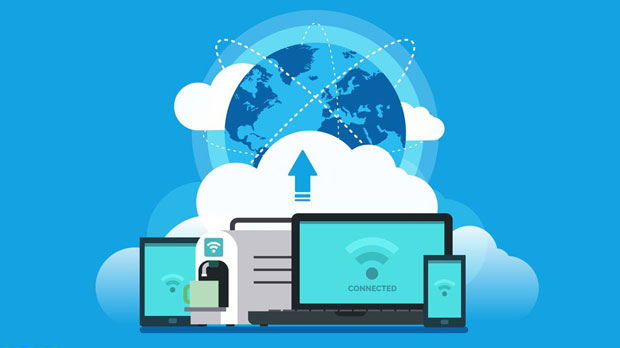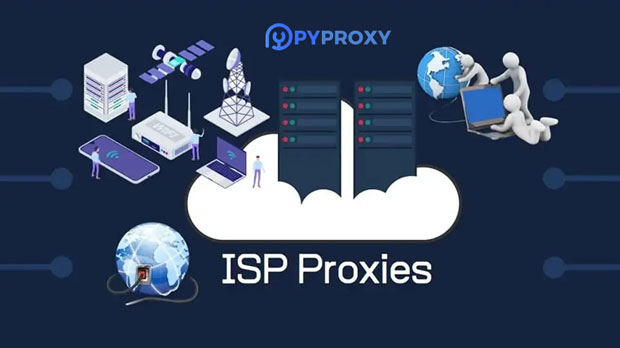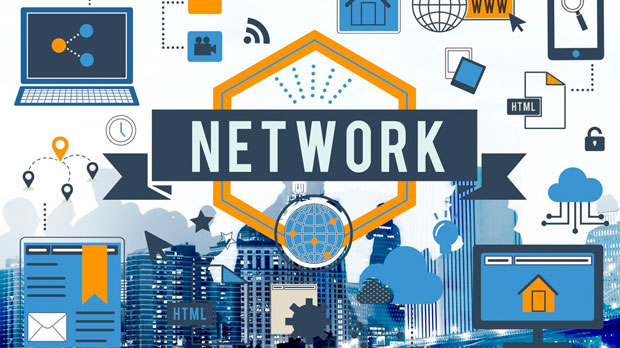Finding a reliable and functional HTTPS proxy from a free proxy list can seem like a daunting task due to the vast number of proxies available, many of which may be either unreliable or unusable. However, by employing the right strategies and tools, users can effectively filter out unusable proxies and focus on those that are most likely to deliver high performance. In this article, we will explore the steps for quickly filtering usable HTTPS proxies from a free proxy list. We will break down the process into manageable steps, helping both beginners and experienced users navigate the proxy filtering process. Our goal is to provide practical tips that save time, enhance efficiency, and maximize the use of free proxy resources. Understanding the Basics of HTTPS ProxiesBefore diving into the specifics of filtering usable proxies, it’s essential to understand what an HTTPS proxy is and why it’s valuable. An HTTPS proxy acts as an intermediary between the client (you) and the website, securely transmitting encrypted data over the HTTPS protocol. This ensures that sensitive information, such as login credentials or personal data, remains secure from third-party monitoring. In addition, HTTPS proxies are often used for bypassing geographical restrictions, conducting web scraping, or maintaining online anonymity.When using a free proxy list, you are typically looking for proxies that support the HTTPS protocol, as these offer the highest level of security. However, not all proxies on a free list are guaranteed to be functional, fast, or secure. That’s why filtering is crucial.Step 1: Analyzing Proxy Speed and LatencyThe first factor to consider when filtering proxies is speed. A proxy’s speed determines how quickly it can handle your requests, and this is particularly important for tasks such as browsing, streaming, or web scraping. Latency, or the delay between sending a request and receiving a response, also plays a role in performance.To quickly filter usable HTTPS proxies, start by testing the response time (latency) of each proxy. Ideally, proxies with the lowest latency will offer the best performance. Free proxy lists may provide the ping times (measured in milliseconds) of each proxy, so you can sort them by speed.Step 2: Checking the Proxy’s Anonymity LevelWhen browsing the free proxy list, it’s essential to consider the level of anonymity each proxy provides. There are different levels of anonymity, including transparent, anonymous, and elite proxies.- Transparent proxies pass along your IP address to the destination server, meaning they offer little privacy.- Anonymous proxies hide your IP address but may still send a request header that reveals you are using a proxy.- Elite proxies (also known as high anonymity proxies) do not reveal that you are using a proxy and do not transmit your real IP address.For optimal security and privacy, look for proxies that are labeled as "elite" or "high anonymity." These proxies provide the best level of protection and are less likely to get blocked by websites that detect proxy usage.Step 3: Evaluating the Proxy’s Geo-location and CompatibilityGeo-location refers to the physical location of the server providing the proxy. Some websites may restrict access to content based on geographic location, so it’s crucial to choose proxies from the right regions. For example, if you're trying to access content that is restricted to users in a specific country, you should filter proxies that are located in that country.Also, check for compatibility with the service you intend to use the proxy for. For example, if you're using a proxy for web scraping, make sure the proxy list includes proxies that are compatible with the specific websites or platforms you intend to scrape.Step 4: Verifying HTTPS SupportNot all proxies on a free list may support HTTPS, and using a non-HTTPS proxy can expose your data to potential security risks. Therefore, ensure that the proxies you select from the free proxy list specifically support HTTPS encryption.You can typically filter proxies based on whether they support HTTPS or HTTP by examining the proxy's protocol field. This is a crucial step, as only HTTPS proxies will offer encrypted communication, ensuring the security of your data.Step 5: Testing Proxy Reliability and StabilityA reliable proxy is one that consistently performs well over time. Many free proxies may work initially, but their performance can degrade quickly due to server overload, high traffic, or other factors. To ensure you are selecting stable proxies, it’s important to conduct multiple tests. This includes testing the proxy under different conditions, such as varying traffic volumes or browsing behaviors. Look for proxies that offer a consistent connection with minimal downtime.Step 6: Checking for Proxy Blocking and BlacklistingMany websites actively block known proxies to prevent bots, scraping, and malicious activity. Therefore, it’s essential to check if the proxies you are selecting from the free list have been blacklisted or flagged by websites. To verify whether a proxy is on a blacklist, you can use proxy testing tools or websites that allow you to check if a specific proxy ip is associated with known blacklists.Step 7: Using Automated Tools for Proxy FilteringManual filtering of proxies from a free list can be time-consuming. Fortunately, automated tools are available that can help streamline this process. These tools can automatically test the proxies for speed, security, reliability, and anonymity, helping you quickly identify which proxies are usable.Popular proxy testing tools often come with features such as proxy pinging, response time measurement, and security checks. These tools are designed to save time and eliminate the guesswork involved in manual proxy testing.Conclusion: Efficient Proxy Selection for Better ResultsFiltering usable HTTPS proxies from a free proxy list may seem like a complex process, but by following these steps and using the right tools, you can quickly narrow down your options and find proxies that meet your needs. Focus on speed, anonymity, geo-location, and HTTPS support, and always test for reliability and blocking before finalizing your selection.By optimizing your proxy selection process, you will ensure a smoother and more secure browsing experience, whether you are scraping data, maintaining anonymity, or bypassing geographical restrictions. With the right approach, a free proxy list can be a valuable resource that saves you time and effort while meeting your online privacy and performance goals.
Jun 19, 2025



































































